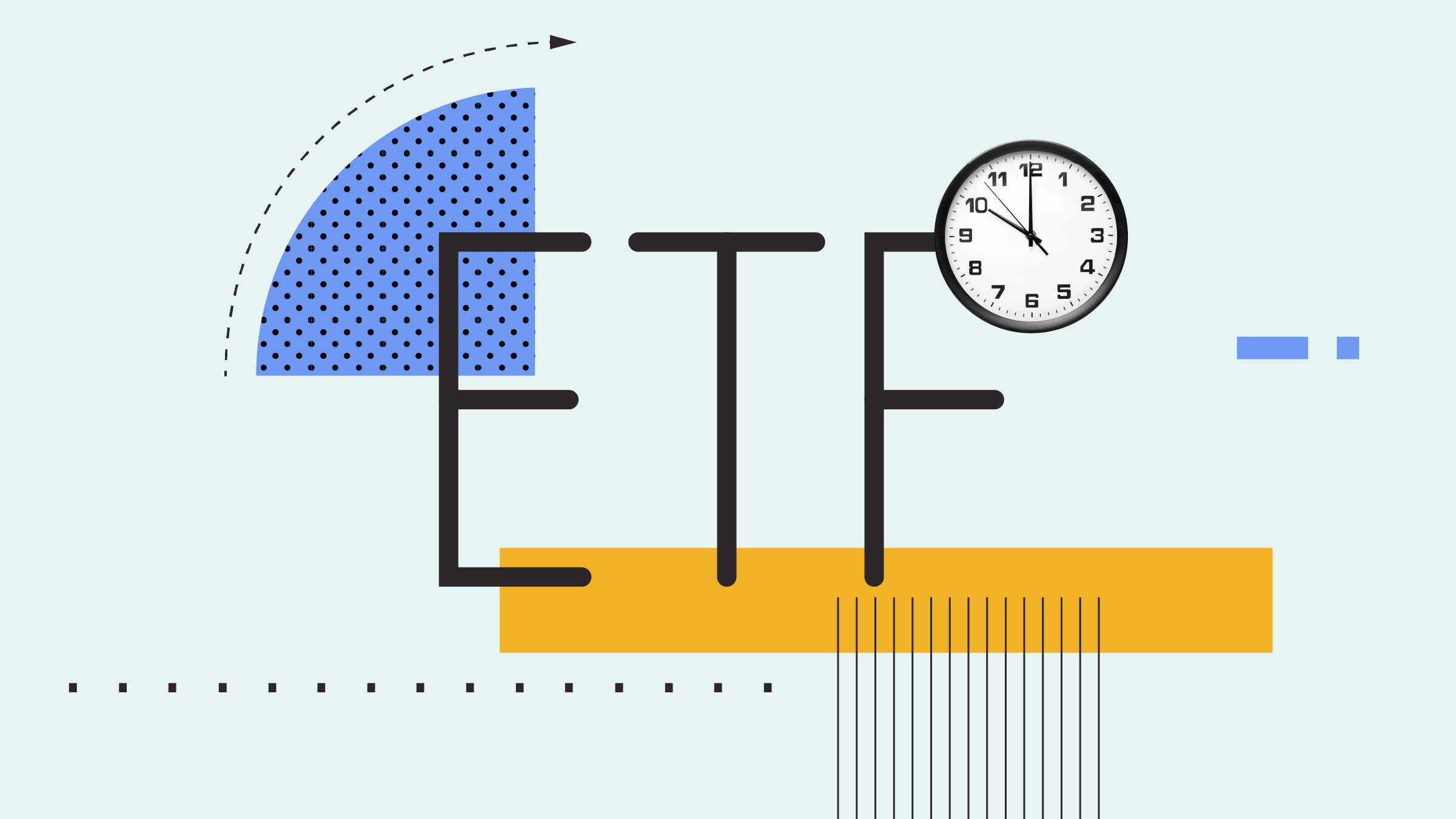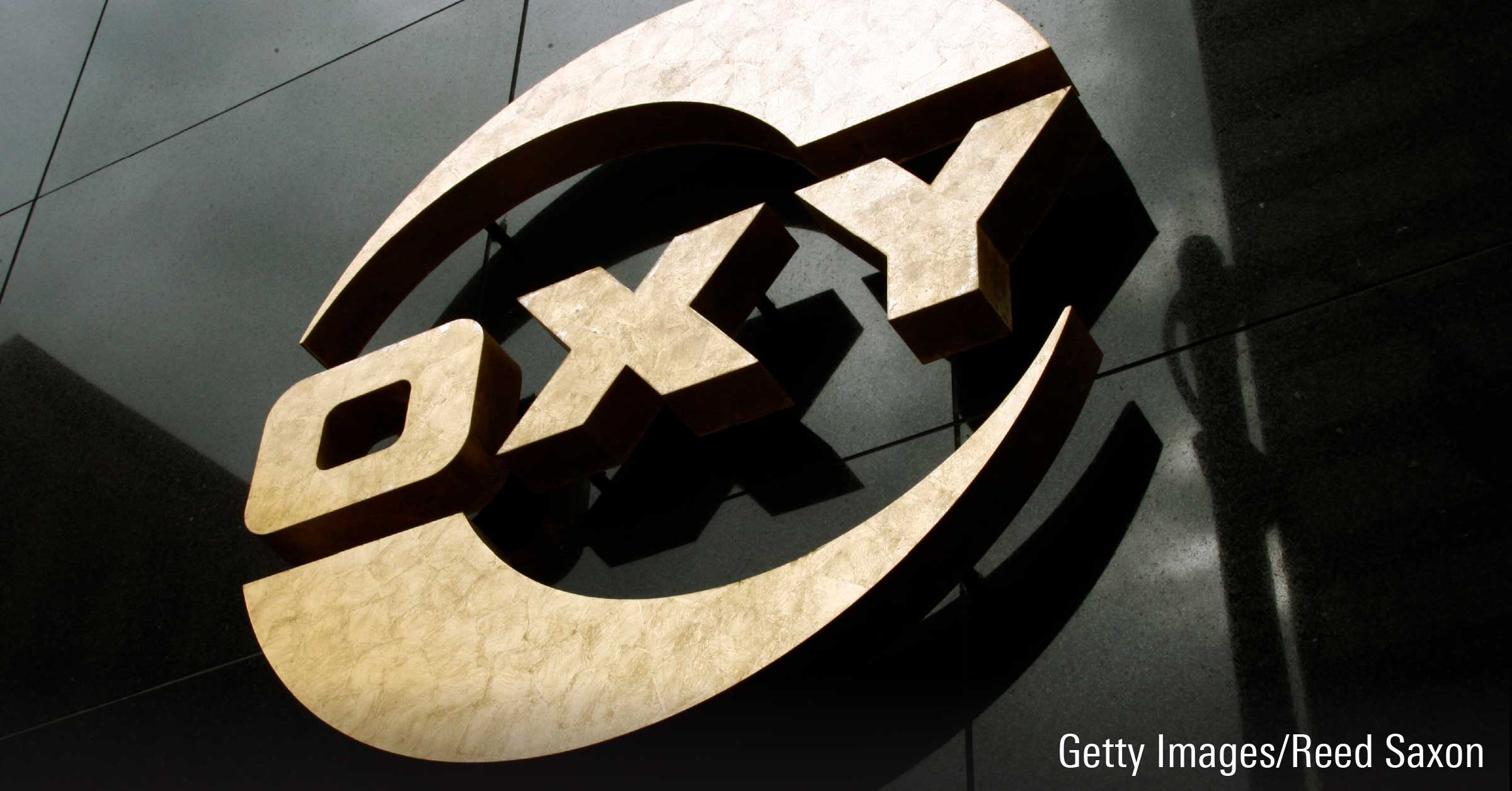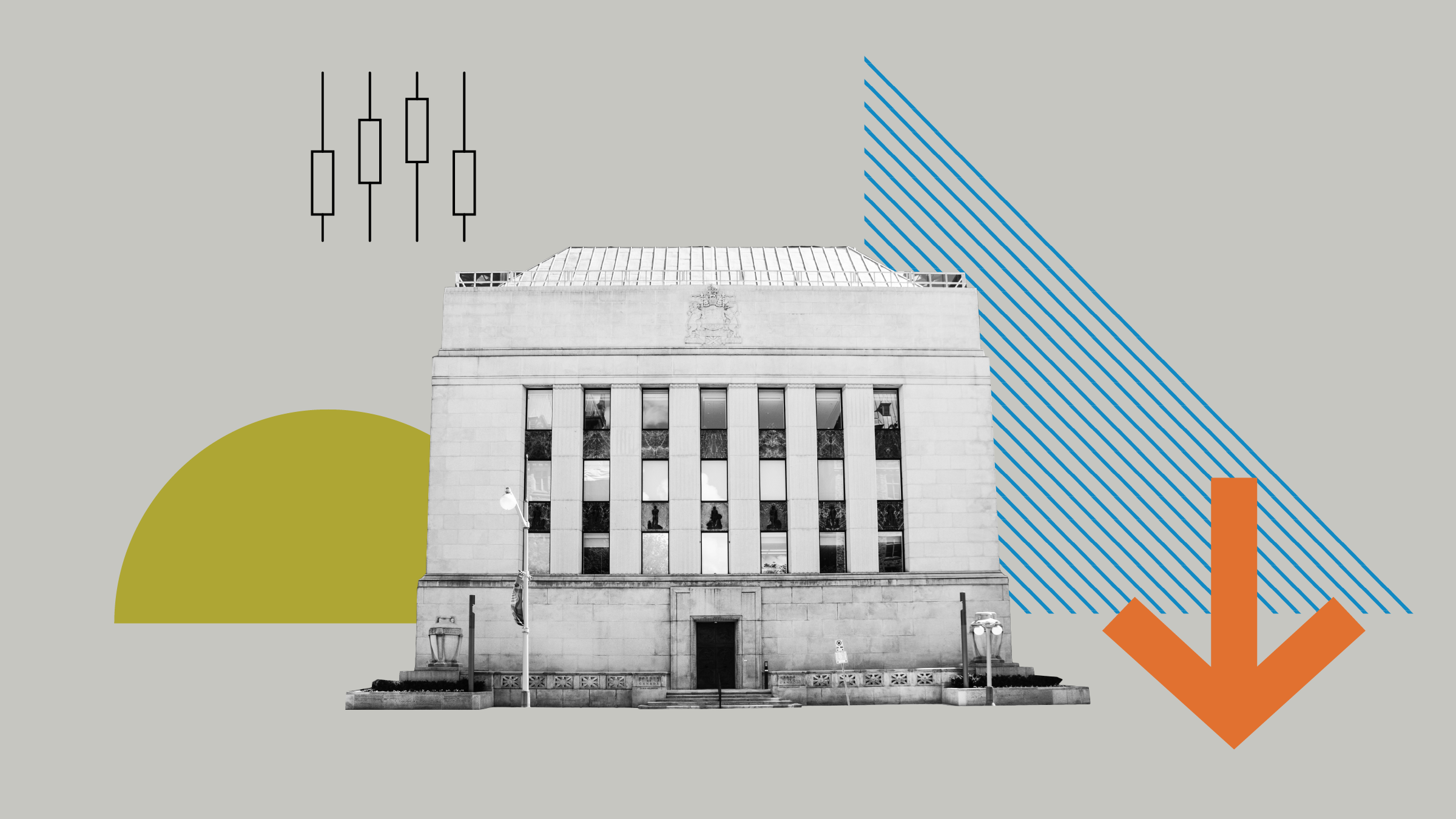Note: This article is part of Morningstar's March 2015 ETF Investing Week special report.
ETFs have many features that make them ideal for retired savers. Many ETFs have very low costs -- a particularly important attribute for investors who are devoting a sizable share of their portfolios to cash and fixed-income investments. Given that these asset classes' long-term absolute returns may be lower than that of stocks, keeping expenses down can significantly improve your take-home return.
And though transaction costs can be an Achilles' heel for active ETF traders, they're apt to be less of an issue for retirees. That's because many retirees are investing large sums all at once--via company retirement-plan rollovers--and don't plan to make substantial additional contributions to their accounts. Of course, retirees may pay commissions when they need to sell shares to cover living expenses, but many of the major brokerages are offering commission-free ETF trades on many funds in their line-ups.
There's also performance to consider; while some active fund managers have done a superb job of limiting downside volatility over time, active funds in aggregate haven't made a compelling case for themselves, particularly on a risk-adjusted basis.
Morningstar research also indicates that ETFs have the edge over traditional mutual funds when it comes to tax efficiency. Of course, there's no avoiding taxes if you pocket an income or dividend distribution from an investment, whether it's from an ETF or some other vehicle. But for those who are holding ETFs inside taxable accounts, our analysis of the data indicates that ETFs have done a very good job of limiting taxable capital gains -- a better job, in fact, than conventional index mutual funds, which are quite tax-efficient in and of themselves.
Finally, because retirees are interested in many other activities besides overseeing their portfolios, ETFs' ease of use is a huge benefit. Nearly all ETFs track market benchmarks, so it's easy to assemble a portfolio that precisely matches your target asset allocation and to rebalance it when it gets off track. Without active managers in the mix, you won't have to worry about issues like management changes or the chance that an active bet will skew your portfolio in one direction or another. You can also readily assemble a well-diversified portfolio with very few individual ETFs -- a key advantage if you're looking to reduce your portfolio-monitoring time as well as the amount of paperwork flowing into your house.
With all of those benefits in mind, we put together some ETF-focused model portfolios for retirees and pre-retirees. This article showcases the conservative version for retirees. It's appropriate for risk-conscious retirees with a time horizon (estimated life expectancy) of 10 to 15 years. Thus, stability and preserving purchasing power are key goals for this portfolio. (You can see our moderate ETF portfolio for investors in their peak earning years here, and our aggressive ETF portfolio for young investors here.)
| Hypothetical portfolio for a recent retiree | |||||
| Asset Class | Target Alloc. |
Fund Name | Ticker | Mgmt Fee |
|
 |
|||||
 |
|||||
| Canadian Stock | 5% | iShares S&P/TSX Capped Composite | XIC | 0.05 | |
| U.S. Stock | 10% | Vanguard U.S. Total Market Index (CAD-Hedged) | VUS | 0.15 | |
| International Stock | 5% | Vanguard FTSE Developed ex NA (CAD-Hedged) | VEF | 0.20 | |
| Short-Term Fixed Inc | 30% | Vanguard Canadian Short-Term Bond Index | VSB | 0.10 | |
| Medium-Term Fixed Inc | 40% | Vanguard Aggregate Bond Index | VAB | 0.12 | |
| Global Fixed Income | 10% | BMO Mid-Term US IG Corporate Bond Index | ZIC | 0.25 | |
 |
|||||
| Weighted-average management fee of portfolio | 0.13 | ||||
 |
|||||
To provide a rough asset-allocation blueprint, I've used Morningstar's Lifetime Allocation Indexes, which in turn rely on the research of Ibbotson Associates, a division of Morningstar. The model portfolio is not meant to be any type of personal recommendation. Users should feel free to tweak these allocations based on their own situations, risk tolerances and time horizons.
A total return approach
This conservative retiree portfolio stakes just 20% of its assets in stocks and holds the rest in a combination of bond funds.
Yet even though it's heavy on fixed income, this portfolio employs a total-return approach rather than one that's focused on generating current income. With yields as low as they are now, for both stocks and bonds, I think it's impractical to expect that your portfolio can generate a livable level of income without taking some risks.
In this model I use Vanguard Aggregate Bond Index VAB as the ballast of the portfolio. The fund provides very low-cost exposure to core intermediate-term investment-grade bonds. For access to the shorter end of the yield curve, the portfolio includes Vanguard Canadian Short-Term Bond Index VSB. This is another low-cost, broadly diversified option. I went with VSB in this portfolio because of its high-quality portfolio, which should help provide some stability. Government bonds make up about 70% of VSB's portfolio, with the remainder in corporate bonds. To round out the portfolio's bond allocation I used BMO Mid-Term U.S. IG Corporate Bond Hedged to CAD ZMU. Between VAB and VSB, the portfolio has plenty of exposure to government bonds. The small position in high-quality, intermediate-term U.S. corporate bonds is there to provide some additional yield and diversification.
For all three of the major equity regions included in the portfolio I went with the most comprehensive and lowest-cost passive portfolios available.
Note that where applicable I've used the currency-hedged versions. While I typically favour unhedged ETFs for long-term investments, in this case I think it could make sense to avoid any short-term currency risk. With central banks actively trying to stimulate their respective economies, short-term currency fluctuations can be very unpredictable. Given the limited time frame for this portfolio, I wanted to hedge the risk of potentially suffering from an ill-timed (and temporary) dislocation in relative currency valuations.
Not included here, but worthy of consideration may be inflation-protected bonds. Although inflation is currently well under control, preserving purchasing power should be a key goal for any long-term portfolio anchored in fixed-income securities. Inflation-conscious investors might also consider a small slice of commodities or even precious metals exposure, but they should bear in mind that these funds can be extraordinarily volatile on a stand-alone basis.
The role of cash
The amount of cash you hold will be highly dependent on your personal situation, including your spending needs, whether you're receiving income from other sources, and the size of your overall portfolio.
The conventional rule of thumb is that retirees should hold two to five years' worth of living expenses in cash. But with cash yields as low as they are right now, I think it makes sense to keep cash at the low end of this range and then invest any additional monies you expect to be tapping in the two-to-five-year timeframe in a high-quality short-term bond fund.
No such thing as "one-size-fits-all"
There is nothing scientific or written in stone here. Target allocations will obviously vary. Some investors may prefer further simplification by using global ETFs that allow them to reduce the number of funds required to build a broadly diversified portfolio. Others may prefer more granularity (thematic, sector, strategic beta, etc.) and rebalancing flexibility with their portfolios.



















